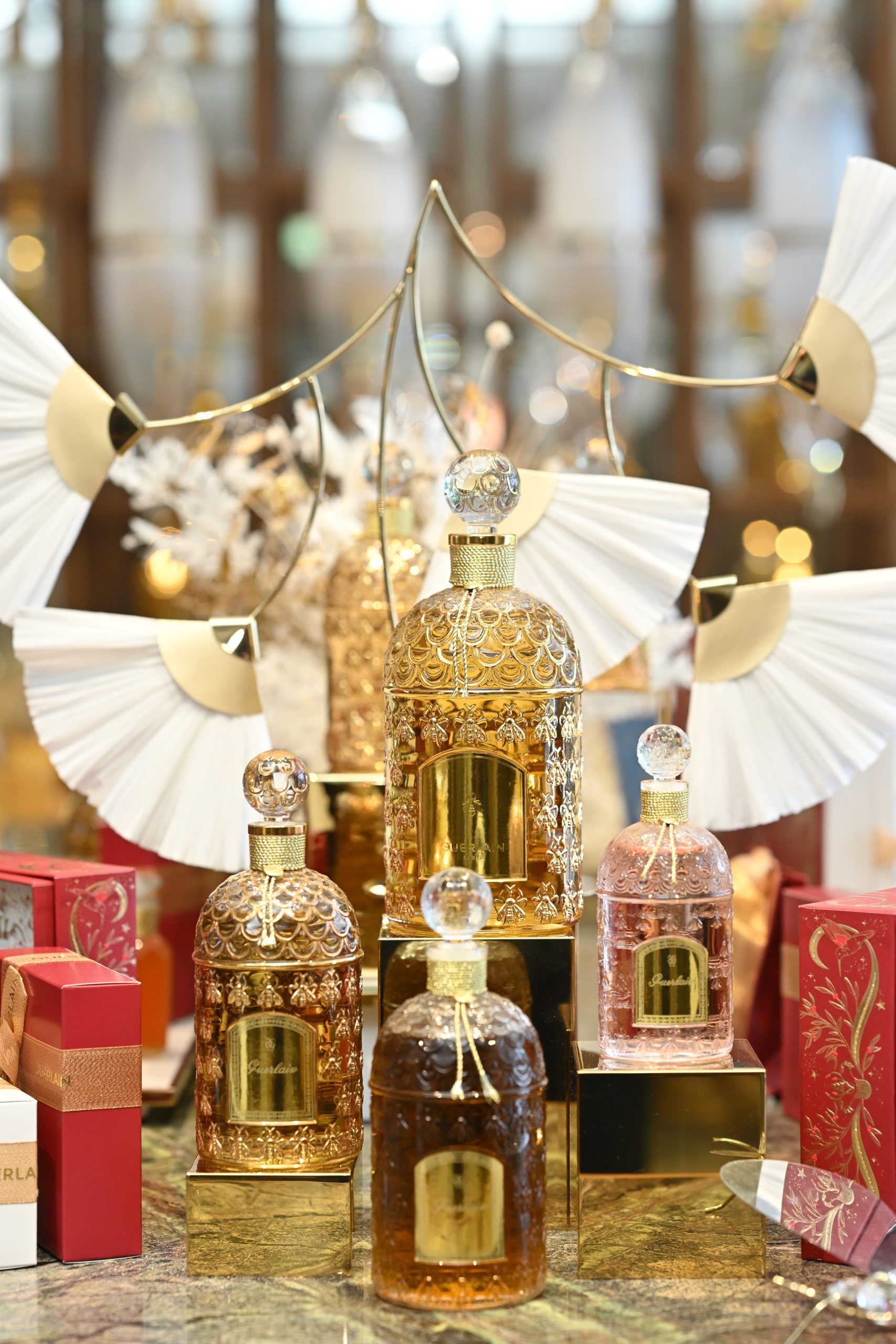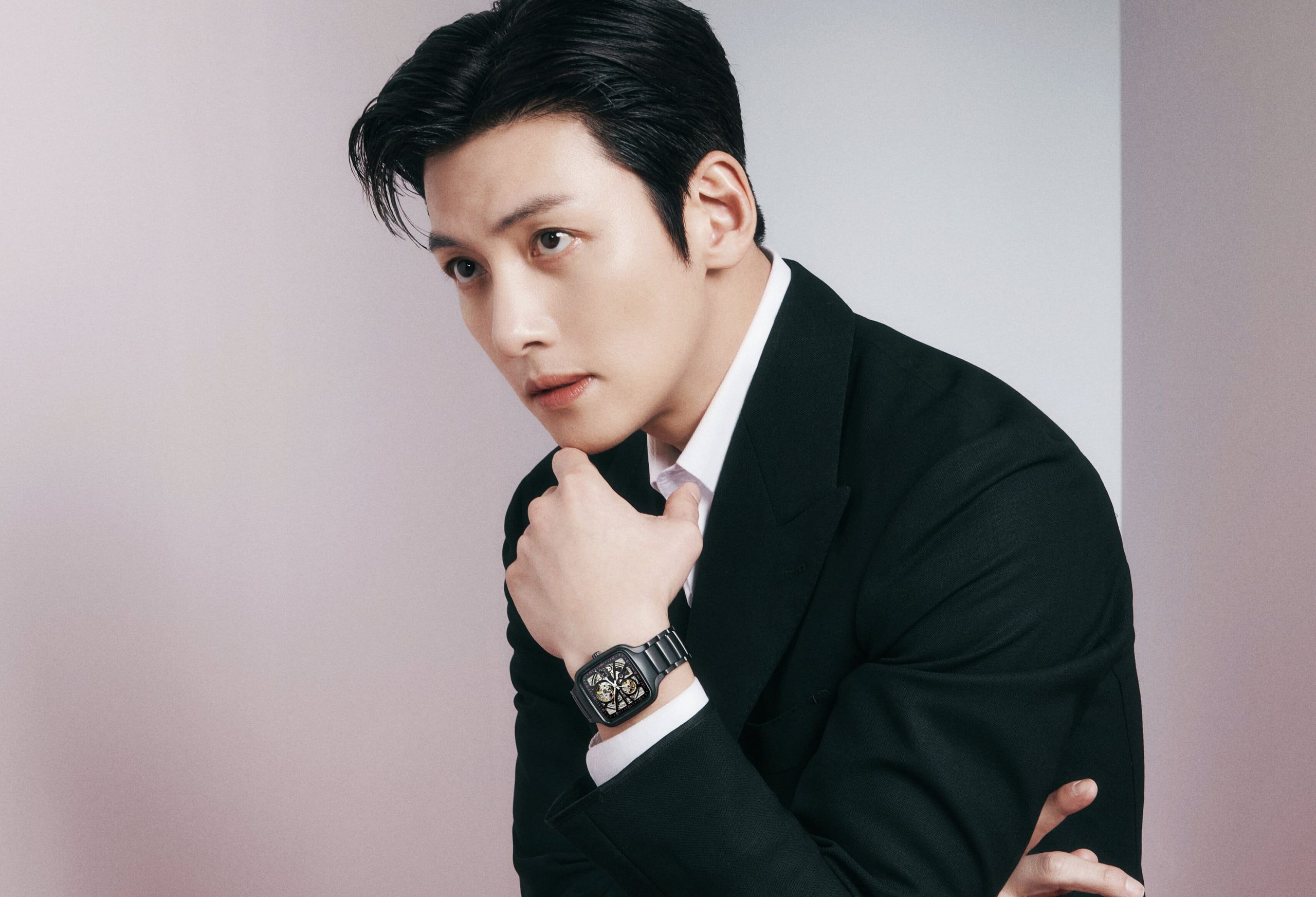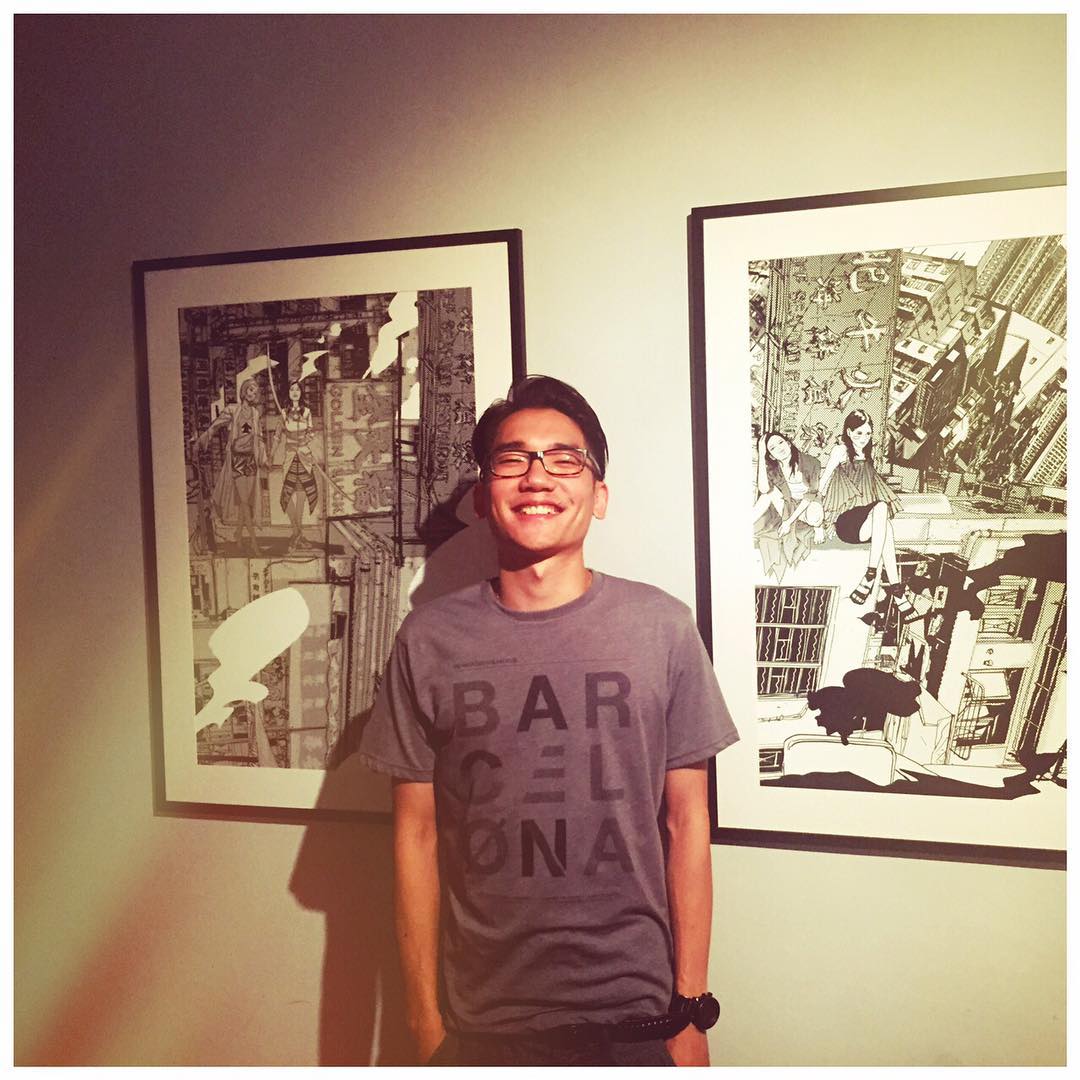Artist-designer Jiang Qiong Er, who founded the world’s first modern Chinese luxury house,
talks to Dionne Bel about redefining traditional craftsmanship to construct a 21st-century way of living and her new show at Paris’s Guimet Museum
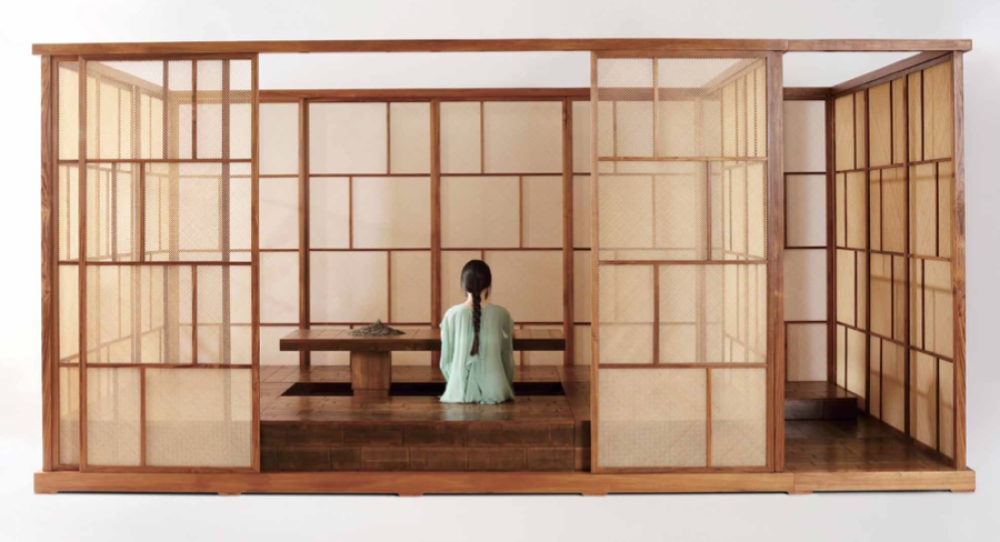
Jiang Qiong Er grew up in a family of artists – her grandfather was a painter and her father a renowned architect – and at six-years-old was already studying Chinese painting and calligraphy under masters Cheng Shifa and Han Tianheng. This creative lineage profoundly shaped her vision and career. In 2009, she co-founded Shang Xia, the first modern Chinese luxury maison, together with Hermès, driven by the concept of luxury “Made in China”. Although she stepped down in 2022, Jiang’s mission with Shang Xia was to revive ancient Chinese crafts, blending them with contemporary design, and elevate them to the global stage. Her dedication to preserving and innovating traditional techniques, such as bamboo weaving and porcelain making, has reinvigorated them for today’s luxury consumers.
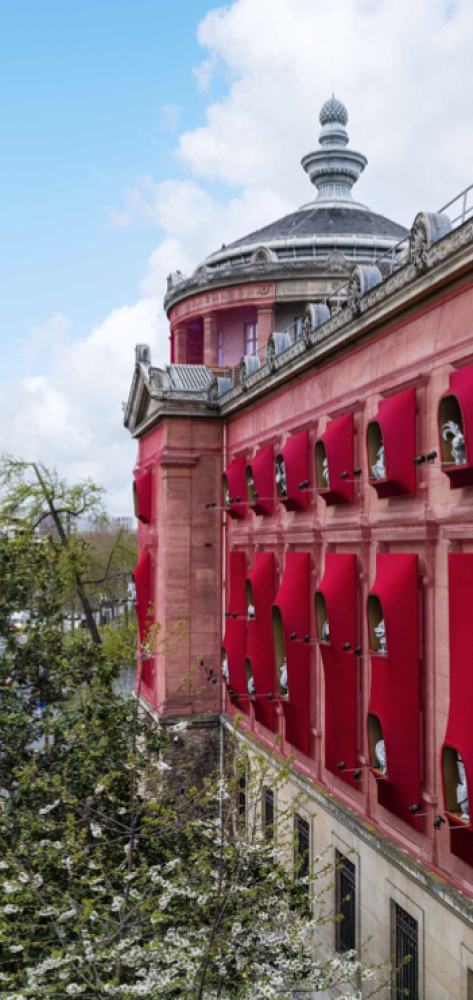
Beyond her entrepreneurial ventures, Jiang pursues personal artistic endeavours. Marking the 60th anniversary of Franco-Chinese diplomatic relations this year, her exhibition Guardians of Time at Guimet Museum in Paris, running until February 2025, transformed its façade into a series of mini grottoes. Echoing the world- famous Lascaux caves in southwestern France that are filled with prehistoric art, they house 12 mythical animals she imagined with the help of AI, each one referencing core human values, such as courage, authenticity, equality, wisdom or freedom. On the rooftop, a massive metal net is suspended, embroidered with a poem Jiang wrote, based on the collective words of 60 Chinese women in a new AI-developed language inspired by the age-old Chinese secret female script of nushu. In the rotunda, 5,000 bricks of pu’er tea form a scented modern cave featuring a mineral garden at its heart, which serves as a space for meditation and connecting with time.

What inspired you to launch Shang Xia in 2009? What was your goal and what does the brand represent to you personally?
When I started Shang Xia, my objective was the renaissance of Chinese traditional craftsmanship – to travel back in time, to connect the actions of tradition and the past with the present and tomorrow through contemporary creation, art and design. I think it’s very important for Chinese culture and the world. CEO and creative director were the social titles that were given to me, but deep in my heart I’m the creator and mother of the brand. It’s like you are pregnant, you prepare the concept and core values, what you will do, and then once the baby is born, you have to really take care of it, as it’s so fragile and weak. You give all your energy for it; you are ready to do everything. And that’s why 12 years later, although I really care about this kid, it was time to give it the freedom to fly and go its own way.

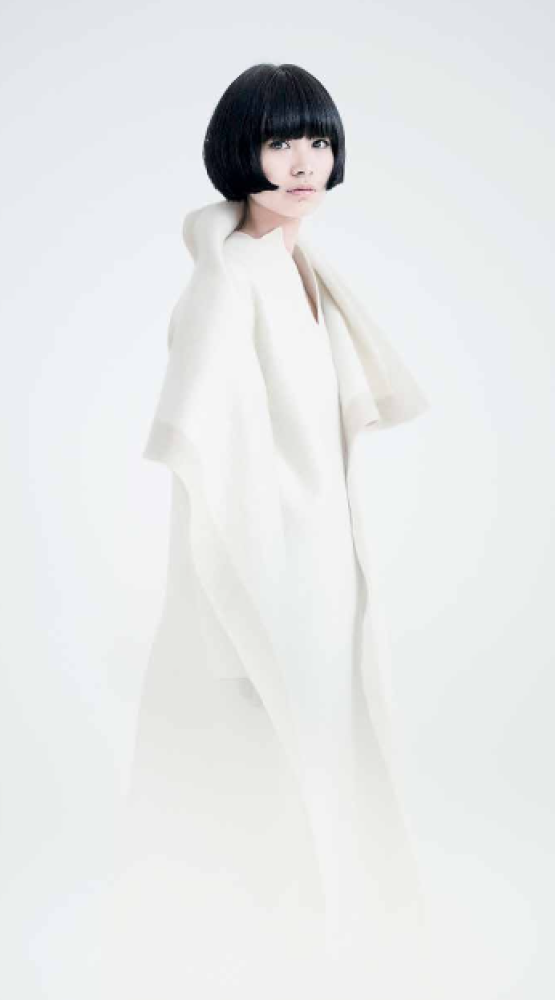
Shang Xia combines traditional Chinese craftsmanship with contemporary design. Why are you so intent on reinventing and promoting centuries-old Chinese crafts and heritage?
The two most important elements when I create collections, products, art pieces or exhibitions are time and emotion. To achieve that dream, emotion is crucial, when you touch the heart. Time is crucial too: to travel from the past to the future with this time vessel and to be timeless. It’s connecting the timelessness from the past and representing the timeless side of today and the future. The reason I’m so passionate about this is because if we don’t connect this past to the future, if we don’t pass it on, then it will disappear, and once it disappears, it will not come back. So I think it’s our mission to continue the story and create our own history.
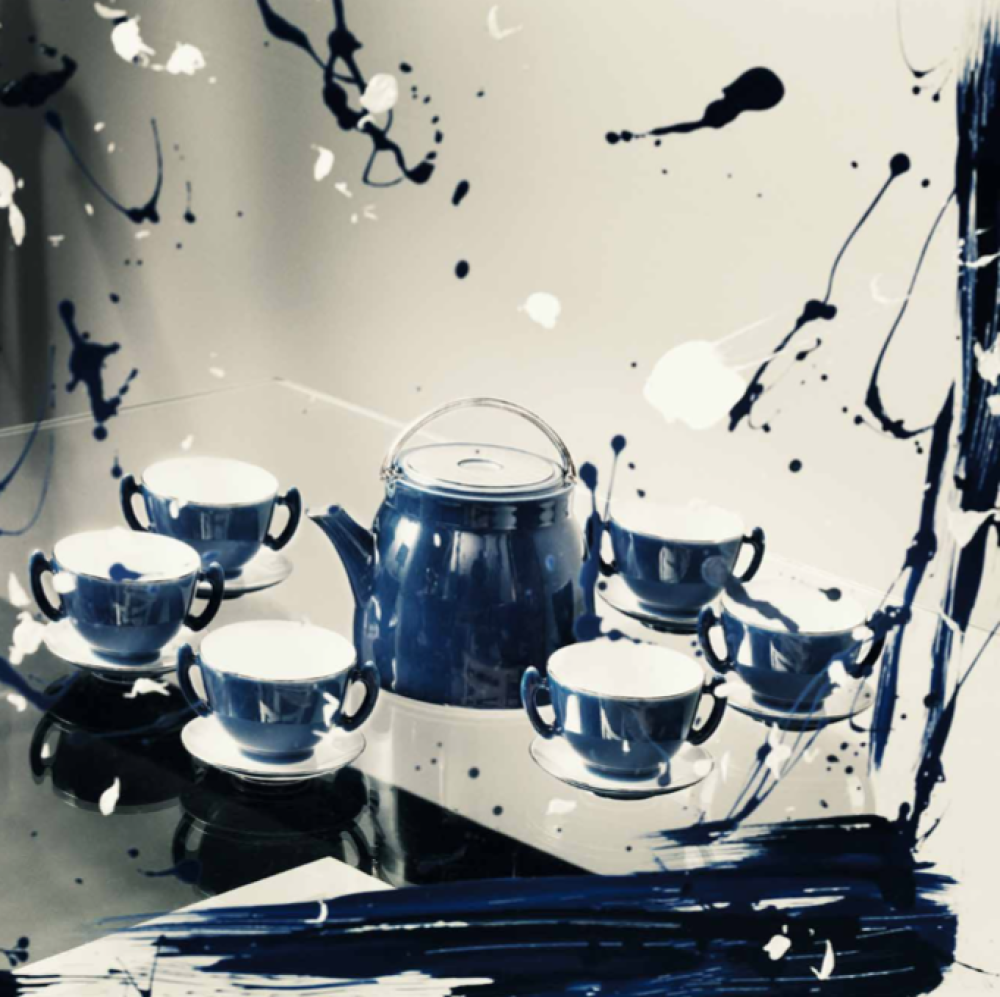
Why was it important to you to build the first modern Chinese luxury house and to change the image of China as a manufacturer of low-cost, low-quality products?
I think today, in the 21st century, it’s very challenging to create a luxury brand. You need generous, extraordinary love, energy, passion and wisdom because you’re working with people, and artisans are not easy to communicate with because they have their own history. And then clients have a particular image of China – how do you change that, how do you surprise them, convince them, invite them to join you on the journey? I think talent only counts for one third, and another third is the energy of leadership. It’s very important to use this energy to bring everybody together. And then another third is a little bit of luck plus human qualities of humility and generosity – the secrets my grandfather shared with me. The luxury world is about dreams, passion, desirability, surprise and excellence. It’s important to show the world and today’s young generations in China how extraordinary our cultural heritage is, not by imposing our history, but by dialoguing, reinventing and dancing with it to create contemporary creations and connect to the future. Innovation is the best way to dialogue with heritage.

Describe your current exhibition Guardians of Time at Guimet Museum.
It’s about the spirit of the artisan, the intelligence of the hand. It’s art that you create with your soul, your mind, your heart and your hand. I worked with a lot of artisans – for the grottoes and sculptures on the façade, the bronze creatures, the 5,000 pu’er tea bricks, the metal embroidery. For the Introspection installation, I made with my own hands a stone garden from 20,000-year-old stones that I painted with pigment from the Lascaux caves and Dunhuang grottoes. It was the colour of time that I painted on these stones, as witnesses of time. For the first time, I used AI to generate around 15,000 inspiration images to create 12 mythical creatures based on Chinese, Egyptian and Mayan ancient civilisations that would represent mankind’s 21st-century collective core values, and I invented a new language based on an ancient Chinese secret female script that I used to write a collective poem praising women’s bravery. What is great is that today AI is not replacing artists, but it’s a great partner for carrying out research.
Also see: The fashion of Emily in Paris


